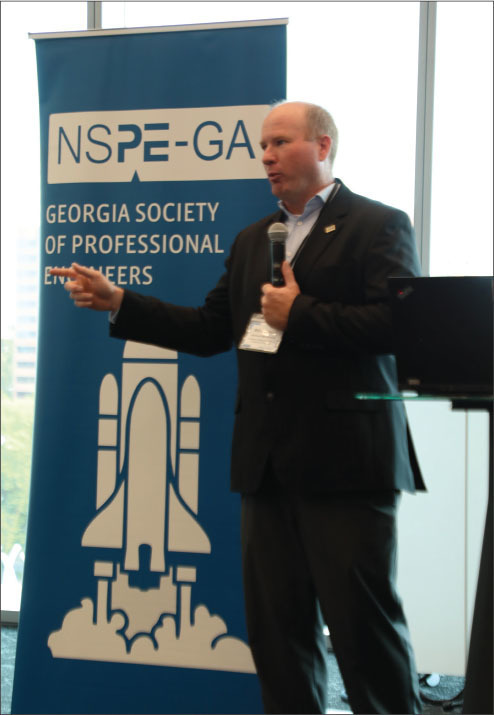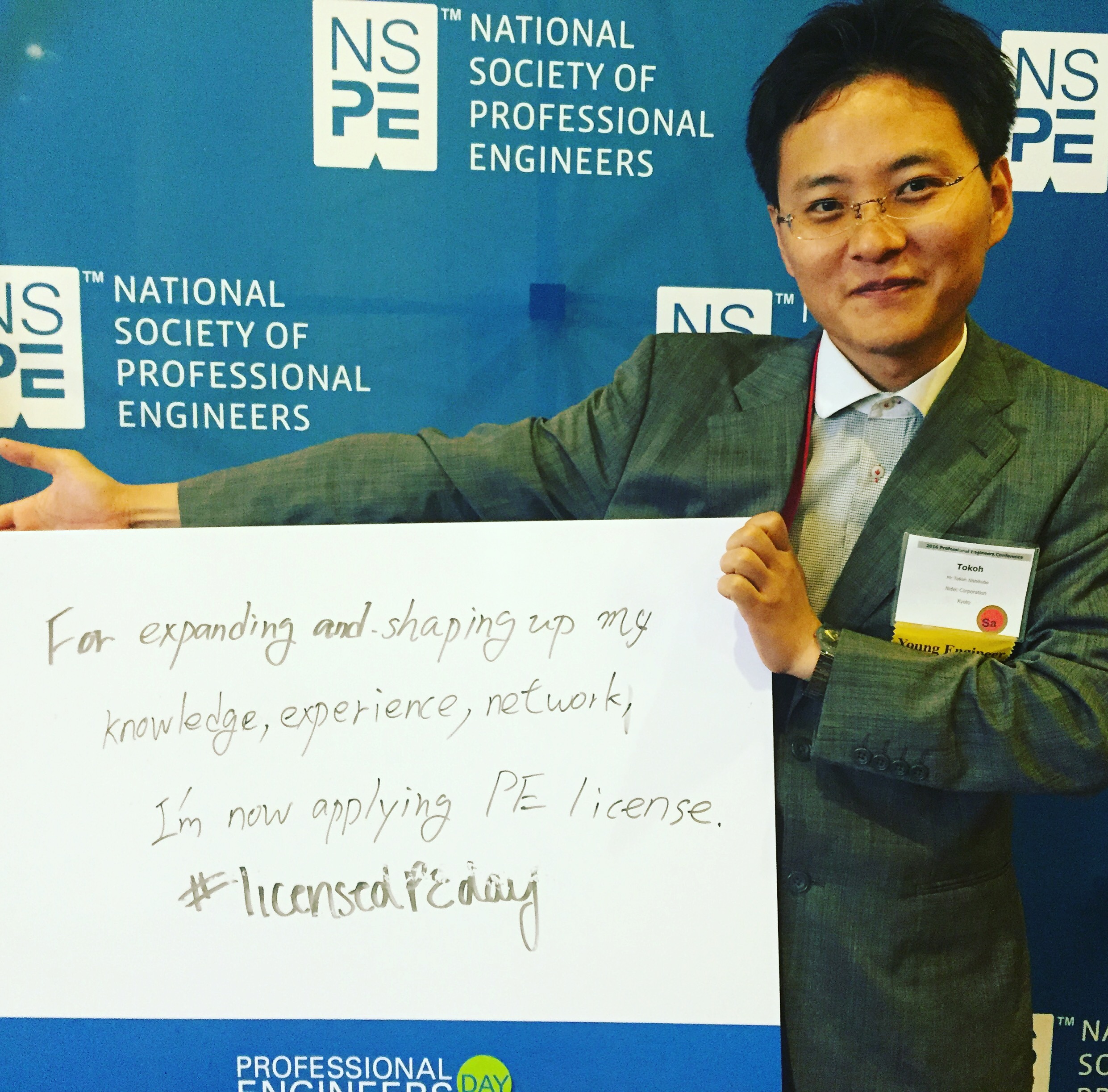July 2014
NSPE TODAY: OUTLOOK
Walking the Talk
BY EXECUTIVE DIRECTOR MARK GOLDEN
 In his column last month, NSPE President Robert Green noted that the concept of strategic planning had fallen out of favor. And justifiably so, at least in so far as many strategic plans go. If, as Robert noted, strategic plans are nothing more than “documents that are promptly placed on shelves and not looked at again until it is time for revision,” their value is, indeed, questionable.
In his column last month, NSPE President Robert Green noted that the concept of strategic planning had fallen out of favor. And justifiably so, at least in so far as many strategic plans go. If, as Robert noted, strategic plans are nothing more than “documents that are promptly placed on shelves and not looked at again until it is time for revision,” their value is, indeed, questionable.
But when NSPE first embarked upon its Race for Relevance, it committed to something more ambitious and far more valuable than that.
As Robert described, NSPE committed to a process of constant strategic thinking and continuous improvement; informed, knowledge-based decision making; disciplined focus; and constant, ongoing adjustments. All of this aimed at ensuring that NSPE remains focused on doing only those things it is uniquely qualified to do, that add the most value to its members, and that members cannot get elsewhere.
The proof of any such commitment lies in the doing: in action, not just verbiage.
And NSPE has done much to translate its Race for Relevance rhetoric into concrete actions. Some of it you have already seen. These accomplishments, even if small when viewed in isolation, are growing into a cumulative body of achievement, as we leverage a growing momentum and each new, little victory builds on the last. (See www.nspe.org/strategic-direction.)
 Some of it is time invested behind the scenes in less visible ways that nonetheless make the association function better. Adding energy to this constant effort and taking us closer to the tipping point, the association conducted an unprecedented planning session this May with key NSPE committee leadership. Its goal was to ensure that committee structures, rosters, and charges for 2014–15 are entirely aligned with the Race for Relevance goals and objectives.
Some of it is time invested behind the scenes in less visible ways that nonetheless make the association function better. Adding energy to this constant effort and taking us closer to the tipping point, the association conducted an unprecedented planning session this May with key NSPE committee leadership. Its goal was to ensure that committee structures, rosters, and charges for 2014–15 are entirely aligned with the Race for Relevance goals and objectives.
Not only the outcomes from the planning summit itself, but also the very speed with which it was conceived, planned, and executed were evidence of NSPE’s new nimbleness, adaptivity, and impatience with the status quo.
The president, president-elect and vice president held a conference call on March 19 to discuss 2014–15 committee appointments and the board’s direction that time-specific accountabilities and performance outcomes, tied to the NSPE Statement of Strategic Direction (see www.nspe.org/strategic-direction-doc), be created for each interest group, board, council, and task force. Barely six weeks later (and despite an already crushing schedule of existing travel commitments to state society meetings for many of the participants), the leaders were prepared and engaged in an intensive, all-day working session in Orlando.
The summit’s objectives were to:
- Reach agreement on broad objectives and key 2014–15 charges for each committee, in the context of the Strategic Direction document; and
- Identify the competencies/knowledge that each committee requires to fill out the committee roster (as input to the president-elect’s committee appointment process).
At the end of a long day, all participants agreed we had achieved those results.
Other relevant ideas addressed at the meeting were:
- Focusing on fewer, smaller standing committees;
- Creating additional and more meaningful opportunities for volunteer involvement; and
- Relying on task-defined working groups as opposed to permanent or established subcommittees.
President-Elect Harve Hnatiuk, in consultation with the officers, extended invitations to leadership from the Legislative and Government Affairs Committee, the Licensure and Professional Practice Committee, the Interest Groups (PEC, PEG, PEHE, PEI, and PEPP), the Membership Committee, and the Board of Ethical Review to participate in the summit. Even though formal, face-to-face meetings for all other committees are not practical, a similar process of prioritizing objectives and assigning accountabilities will be pursued for every volunteer component within NSPE.
Continuity of effort is critical to achieving long-term goals and making real progress. It is worth noting that when Harve is installed as the 76th president of NSPE in Washington, DC, in July, he will be third consecutive president whose vision of strategic governance for the Society was defined by the Race for Relevance. And the line of future leaders behind him are all committed to continuing this new culture of constant, strategic planning into the future.
This process is one of alignment. It isn’t that the association is wasting time on things that have no value; rather, we have recognized that anything that distracts us from doing the truly important and mission-critical things is a distraction we cannot afford. It comes at the expense of relevance and effectiveness.
And we are taking concrete steps toward ensuring that every component and aspect of association affairs supports and advances what you, the members, have told us will ensure NSPE’s relevance and success.


 Volunteering at NSPE is a great opportunity to grow your professional network and connect with other leaders in the field.
Volunteering at NSPE is a great opportunity to grow your professional network and connect with other leaders in the field. The National Society of Professional Engineers (NSPE) encourages you to explore the resources to cast your vote on election day:
The National Society of Professional Engineers (NSPE) encourages you to explore the resources to cast your vote on election day:



